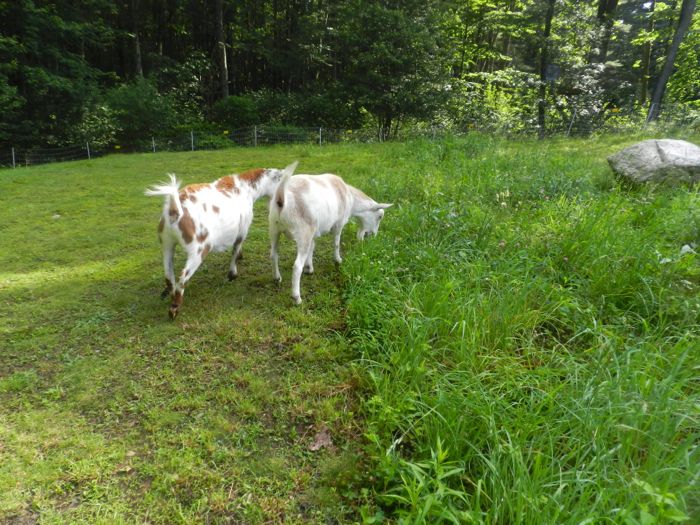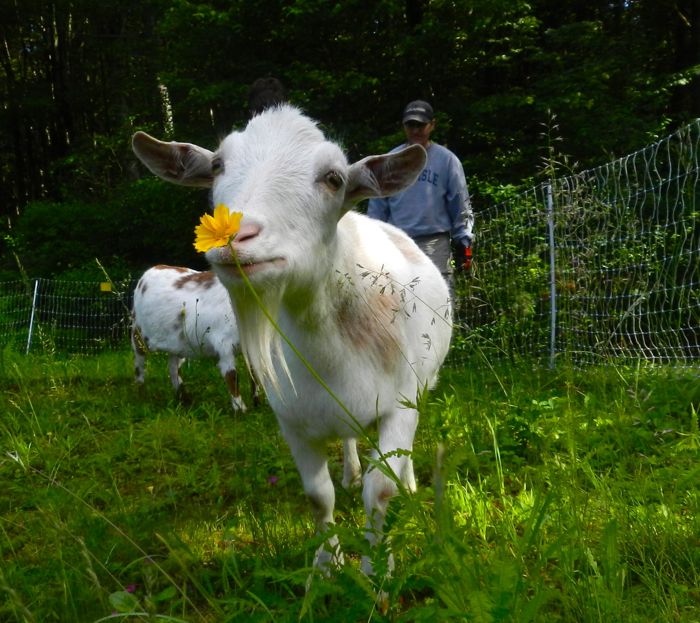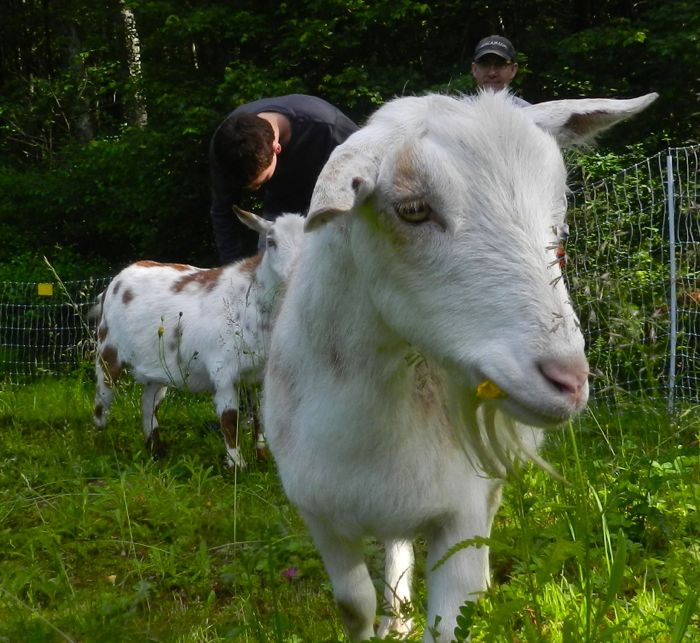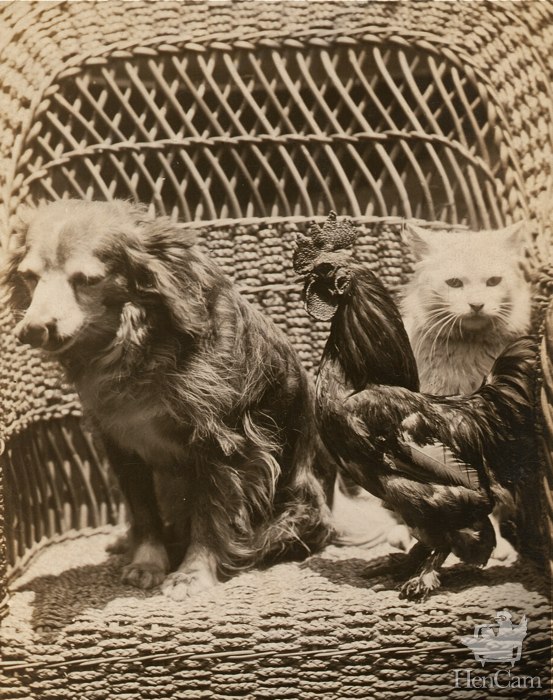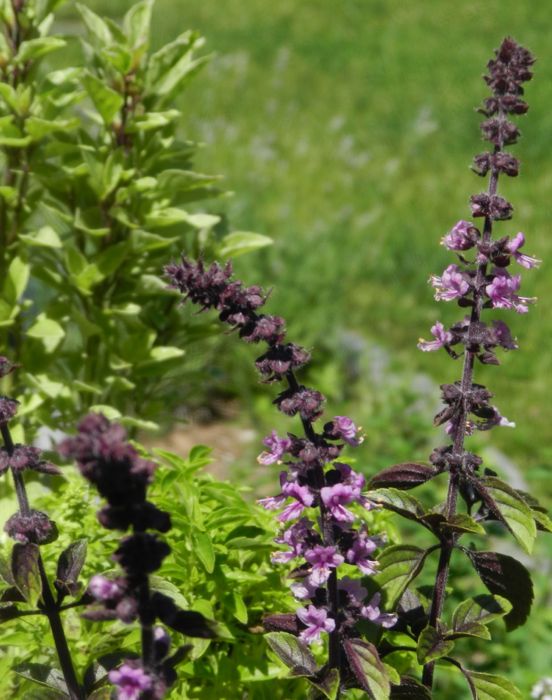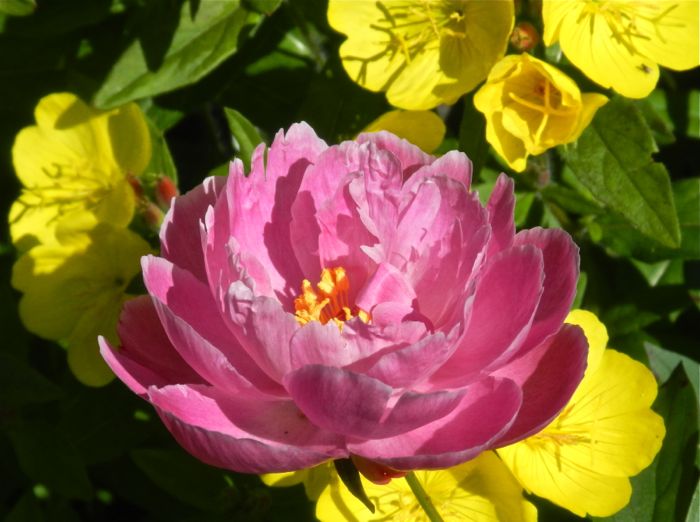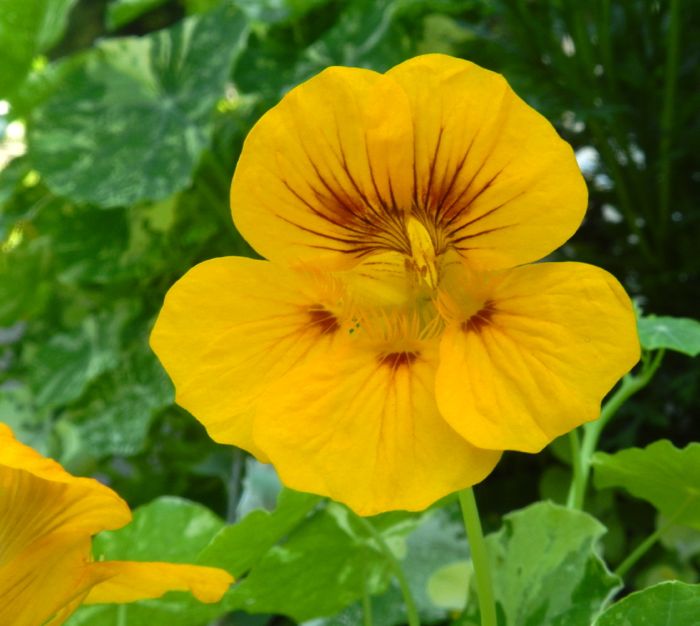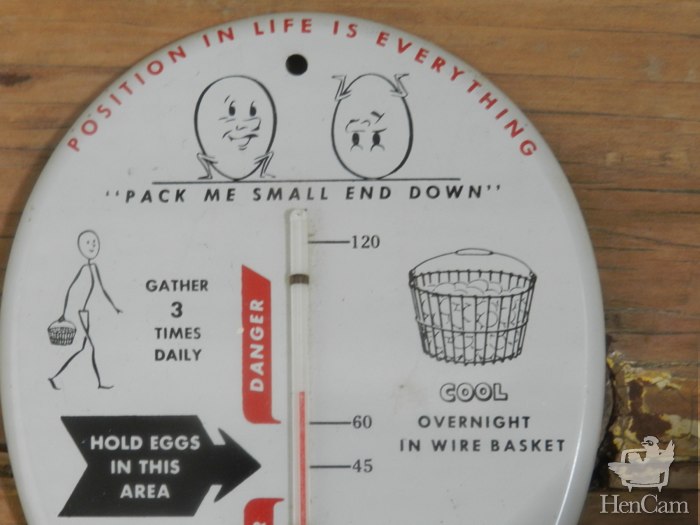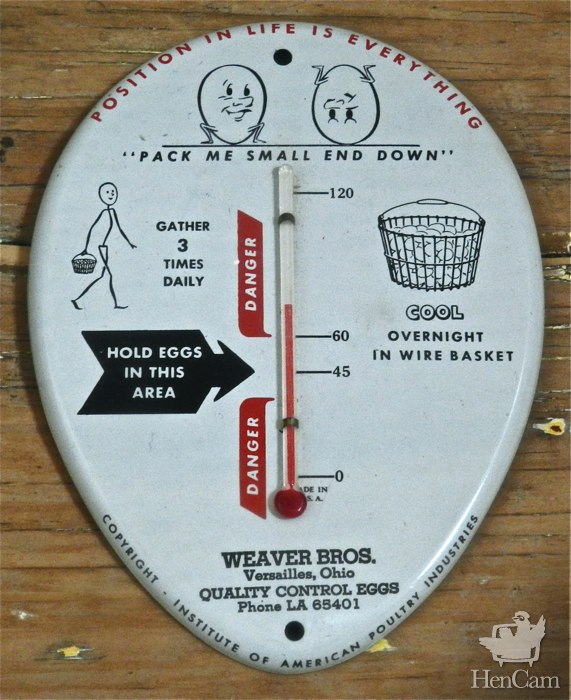We all love to give our hens treats. Unlike so many others in our lives, chickens are raucously grateful for the smallest offerings. But, I’ve seen a disturbing trend to over-indulgence in the feeding of backyard hens. You can make your chicken sick – or even kill her – with too many of the wrong treats.
Optimally, a chicken’s diet should be around 16% protein., which is what you get in laying hen pellets. A hen, cranking out an egg day after day, depletes her system of protein and minerals. If you feed her too many carbohydrates you’ll make her fat and weaken what goes on in the reproductive tract. So, as much as your girls are gleeful about cracked corn, don’t feed it. There’s absolutely no reason to. One of the bonuses of keeping chickens is that they turn kitchen scraps and waste into compost. You don’t have to give up on feeding stale bread and leftover spaghetti, but keep it a small portion of their diet.
On the other end of the spectrum, I am especially concerned about all of the people feeding their hens mealworms. A small amount, like a tablespoon a day, is a fine treat. But, people are feeding handfuls. They’re practically feeding their hens pure protein (mealworms are up around 50%) The chicken expert at my local feedstore just told me about hens dying from kidney failure due to being fed mealworms as the main part of their diet. Besides the health dangers, mealworms are very expensive. Yes, it’s good for chickens to eat bugs, bugs they have worked for and found themselves. Bugs that are part of an active life, and one in which the insects are part of other things that the chickens are sorting through and ingesting.
Hulled sunflower seeds are a nice treat – in moderation. They have that extra bit of protein, and also contain good essential fats. My retired girls get about a teaspoon per bird per day. Plenty! Don’t feed the seeds with the shells on, as too many can cause an impacted crop. The sunflower seeds are what I use to call my hens. If you’ve seen my YouTube video, you know how fast my hens come when called. Since they rarely get such treats, when they hear that can shake, they know something very, very special is waiting for them.
But all of this doesn’t mean that you can’t spoil your hens. For chickens like mine that spend the good part of their days in runs, the best thing that you can do is to provide greens. You can simply put weeds and things in their compost pile (I have mine in the run.) Or, to make the greens last and keep them up off of the ground, use a bird suet feeder.
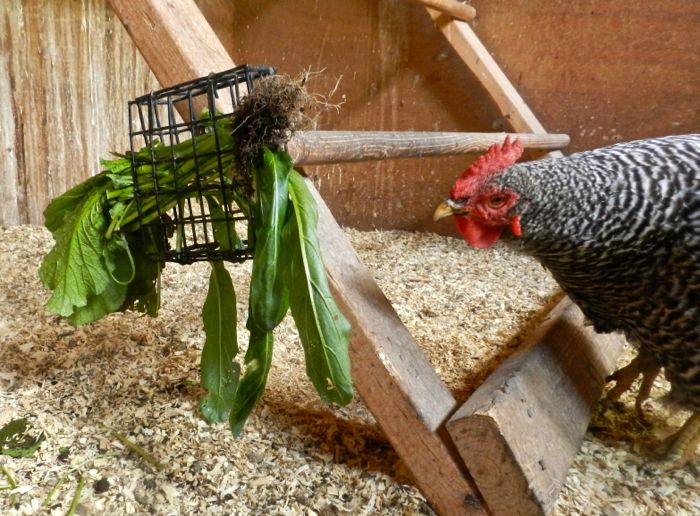
This one is nailed to the roost in the Little Barn. I also have a larger one, than hangs from a chain. It’s big enough to put apple halves and cucumbers in.
Hanging treats like this keeps the greens fresh and clean and keeps the hens busy. It’s the right way to indulge your birds.
